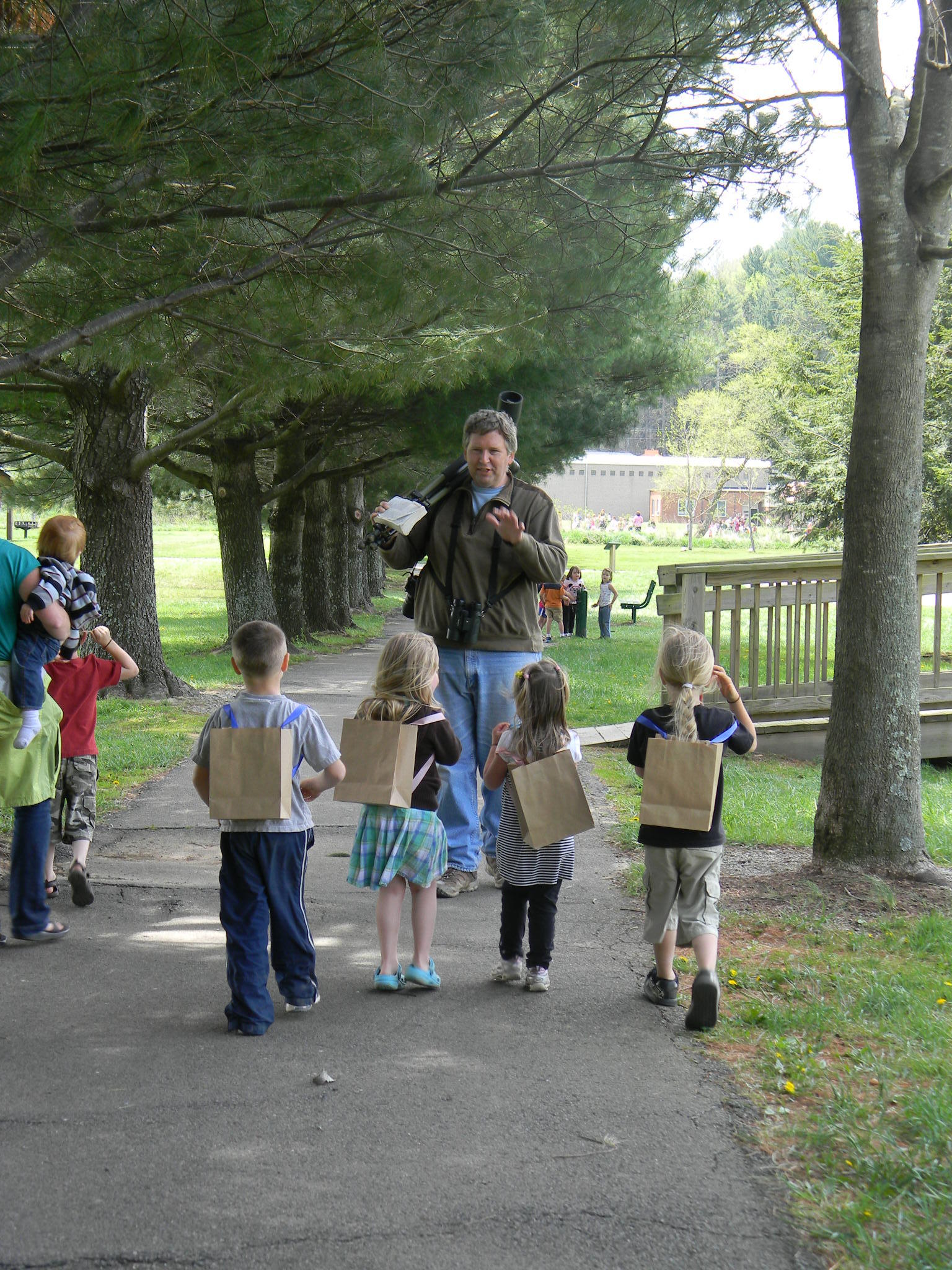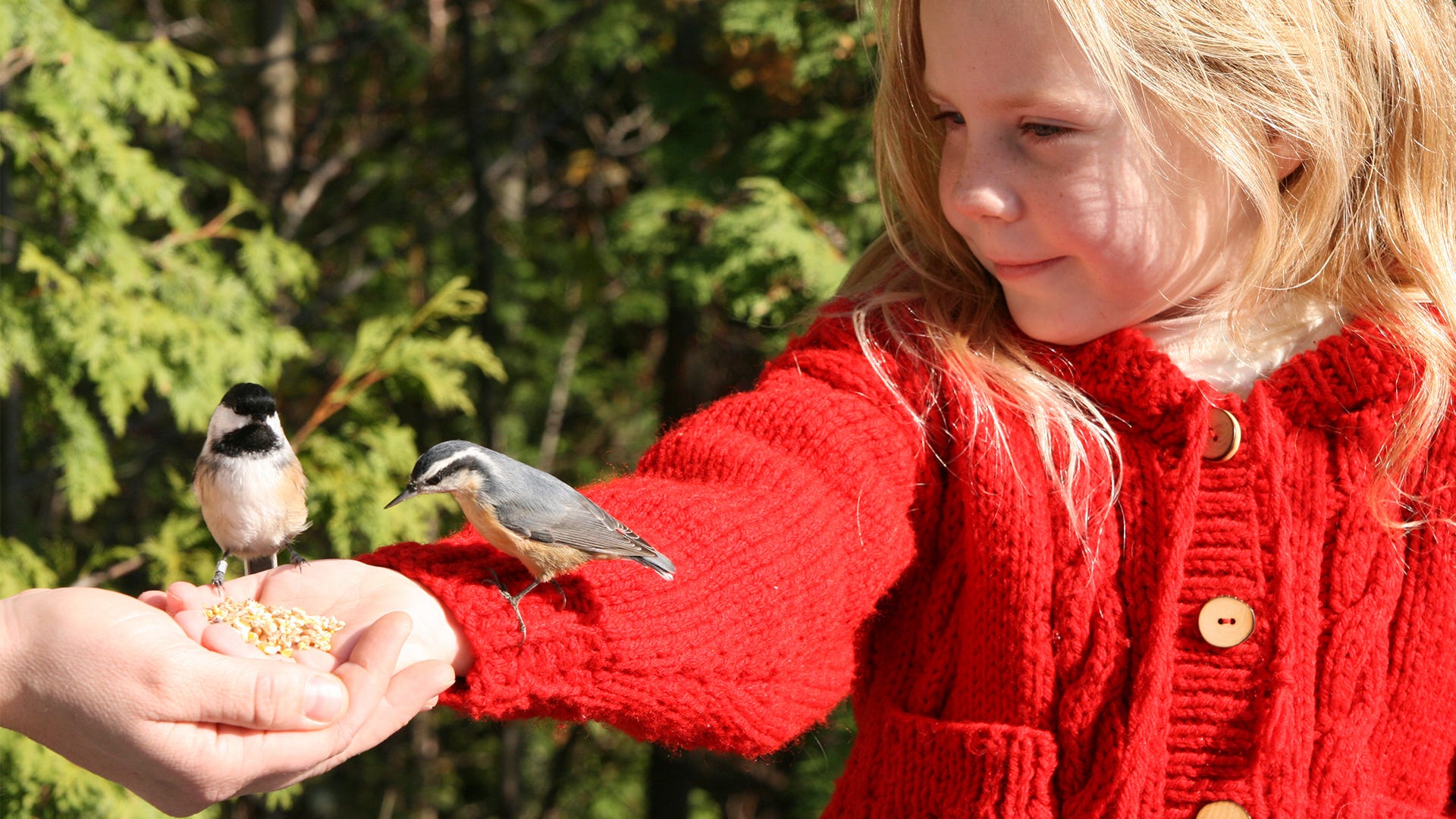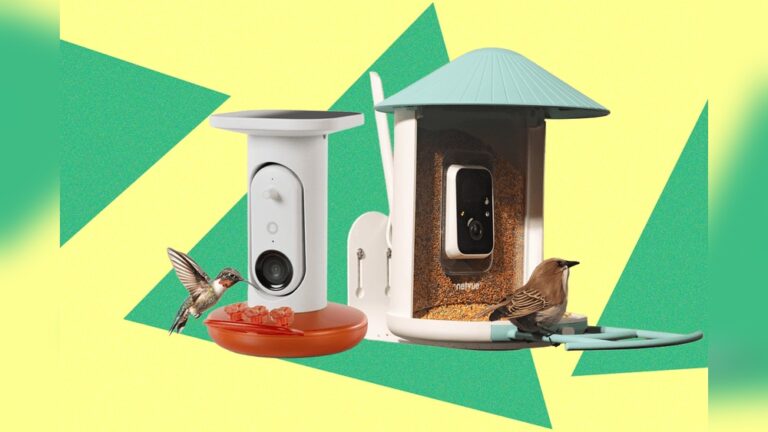Birdwatching For Kids
Have you ever noticed how birds bring life and color to your backyard or park? Birdwatching for kids is a fun and exciting way to explore nature right outside your door.
Imagine spotting a bright red cardinal or hearing the cheerful song of a blue jay—all while learning something new. This simple activity can spark curiosity, boost focus, and create lasting memories for you and your family. Ready to discover how birdwatching can turn an ordinary day into an adventure?
Keep reading, and you’ll find easy tips to get started and enjoy every moment of the experience.
Getting Started With Birdwatching
Starting birdwatching with kids is a fun and educational activity. It helps children connect with nature and learn about animals. Watching birds can be exciting and peaceful. It encourages patience and attention to small details. This guide will help you begin this adventure with your child.
Choosing Kid-friendly Equipment
Pick binoculars that fit small hands. Look for lightweight and durable models. Bright colors help kids keep track of their gear. Use a simple bird guidebook with clear pictures. Avoid complicated tools that may frustrate young birdwatchers.
Finding The Best Birdwatching Spots
Start in your backyard or a local park. These places often have many common birds. Visit nature reserves or botanical gardens for more variety. Early morning is the best time to see active birds. Quiet areas help children observe birds without disturbance.
Basic Birdwatching Tips For Kids
Encourage kids to move slowly and stay quiet. Teach them to watch birds without chasing. Help them learn common bird calls and shapes. Use notebooks for drawing or writing about birds seen. Celebrate every new bird to keep their interest high.

Credit: lawleypublishing.com
Common Birds To Spot
Birdwatching is a fun way for kids to explore nature and learn about animals. Many common birds visit backyards, parks, and gardens. Kids can spot these birds easily. They come in different colors and sizes. Watching birds helps children notice details and develop patience.
Some birds only appear during certain seasons. Knowing which birds to expect makes birdwatching more exciting. Here are some common birds kids may see in different places.
Colorful Backyard Birds
Backyards often host bright and lively birds. The American Robin is easy to spot with its orange belly. Blue Jays show off their bright blue feathers. Cardinals are red and stand out on green trees. Chickadees are small and friendly, often visiting feeders. These birds bring color and life to your yard.
Birds Found In Parks And Gardens
Parks and gardens attract different birds. Sparrows are common and small, with brown feathers. Mourning Doves have soft gray colors and gentle coos. Woodpeckers tap on tree trunks, making a unique sound. Wrens are tiny and quick, often hiding in bushes. These birds enjoy open spaces and trees.
Seasonal Birds To Look For
Some birds visit only in spring or fall. Warblers have bright colors and sing lovely songs. Migrating geese fly in V-shaped groups across the sky. Orioles bring orange and black colors in summer. Snowbirds and finches may come during winter. Watching seasonal birds shows nature’s changing rhythms.
Birdwatching Activities For Kids
Birdwatching is a fun way for kids to connect with nature. It teaches patience and sharpens observation skills. Simple activities make birdwatching exciting and educational.
These activities keep children interested and help them learn about birds easily. They can explore the outdoors and discover new feathered friends close to home.
Creating A Bird Journal
Encourage kids to keep a bird journal. They can write down bird names, colors, and sizes. Drawing the birds they see adds fun and helps memory.
Journals can include the date and place of sightings. This makes birdwatching a daily adventure and helps track changes over time.
Making Simple Bird Feeders
Kids enjoy making bird feeders from household items. Use pine cones, peanut butter, and birdseed. Hang feeders outside to attract birds.
Watching birds come to eat teaches kids about bird types and behaviors. It also creates a safe bird habitat in your yard.
Bird Identification Games
Play games that teach bird identification. Use pictures or cards with bird names and images. Ask kids to match birds with their features.
Games improve memory and make learning birds fun. They can be played indoors or outdoors during birdwatching trips.

Credit: nc.audubon.org
Encouraging Curiosity And Patience
Encouraging curiosity and patience is key to making birdwatching fun for kids. It helps them enjoy nature and learn new things. Watching birds teaches children to be calm and focused. It also sparks their interest in wildlife and the environment.
Teaching Quiet Observation
Quiet observation helps kids see birds up close. Loud noises scare birds away quickly. Teach children to move slowly and speak softly. Sitting still is important to watch bird actions carefully. This practice improves their attention and makes birdwatching more exciting.
Understanding Bird Behavior
Knowing bird behavior helps kids predict what birds will do next. Birds eat, sing, and build nests at different times. Explain these habits in simple words. Kids enjoy guessing where birds will fly or land. This knowledge makes birdwatching a fun guessing game.
Using Binoculars Effectively
Binoculars bring birds closer without disturbing them. Show kids how to hold and adjust binoculars properly. Practice focusing on objects before watching birds. This skill helps them see details like colors and movements. Good use of binoculars makes birdwatching clear and exciting.
Safety And Respect For Nature
Birdwatching is a fun way for kids to explore nature. It teaches patience and curiosity. Safety and respect are very important. Kids learn how to enjoy birds without harm. Protecting nature helps keep birds safe for the future.
Staying Safe Outdoors
Always stay with an adult while birdwatching. Wear bright clothes to be seen easily. Use sunscreen and drink water to stay healthy. Watch your step to avoid tripping or falling. Never touch wild animals or plants. Stay on paths to keep safe and avoid getting lost.
Respecting Birds And Their Habitats
Keep a quiet voice to avoid scaring birds. Do not get too close to nests or baby birds. Use binoculars to see birds from a distance. Never feed birds human food. It can make them sick. Watch birds without disturbing their homes or food sources.
Leaving No Trace Principles
Take all trash with you after birdwatching. Do not break branches or pick flowers. Leave the area as you found it. Respect signs and rules in parks or reserves. Help keep nature clean and safe for all animals. Small actions protect big habitats.

Credit: www.perkypet.com
How Smart Pets Lover Can Help You with Birdwatching For Kids
Bringing Birdwatching to Life Through Learning
Birdwatching for kids isn’t just about spotting colorful feathers; it’s a gateway to hands-on learning that nurtures curiosity and patience. As families explore common birds together, children naturally develop observation skills and a deeper respect for nature’s rhythms. Encouraging this gentle patience—waiting quietly for a bird to appear—teaches mindfulness and focus, valuable lessons beyond the backyard.
Practical learning can be as simple as keeping a bird journal, sketching favorite species, or identifying calls, turning each outing into an interactive adventure. Parents can weave in safety tips and nature respect, ensuring little explorers appreciate the environment without disturbing it. Drawing from insights shared by Smart Pets Lover, these moments help build a lifelong connection to animals and the world around them.
For more guidance on nurturing your child’s love for birds and wildlife, reaching out to local nature centers or educational resources can offer additional support and inspiration. After all, every chirp tells a story waiting to be discovered, and with the right encouragement, kids become confident, caring nature enthusiasts.
Frequently Asked Questions
What Is Birdwatching For Kids?
Birdwatching for kids is an engaging outdoor activity where children observe and identify birds. It encourages curiosity about nature, improves focus, and teaches patience. This hobby helps kids develop a connection with wildlife and promotes learning about different bird species and their habitats.
How Can Kids Start Birdwatching Easily?
Kids can start birdwatching by using simple binoculars and a bird guidebook. Begin in your backyard or local park. Encourage kids to note bird colors, shapes, and sounds. Joining a local birdwatching group can also make the experience fun and educational.
What Are The Best Birds For Kids To Spot?
The best birds for kids to spot are common, colorful, and easily recognizable species. Examples include robins, blue jays, cardinals, and sparrows. These birds are often found in neighborhoods and parks, making them accessible for young birdwatchers to identify and enjoy.
Why Is Birdwatching Good For Children’s Development?
Birdwatching enhances children’s observation skills and patience. It fosters an appreciation for nature and environmental awareness. This activity also boosts creativity and critical thinking. By learning bird names and behaviors, kids improve their memory and vocabulary in a fun way.
Conclusion
Birdwatching for kids brings fun and learning together. It helps children notice nature’s beauty and sounds. Kids can develop patience and focus while watching birds. This hobby encourages outdoor time and healthy habits. Families can share special moments exploring parks or gardens.
Starting small, with simple tools, makes birdwatching easy. Every bird spotted becomes a little victory. This activity grows curiosity and respect for wildlife. Birdwatching creates memories that last a lifetime. Try it today and see the joy it brings!






